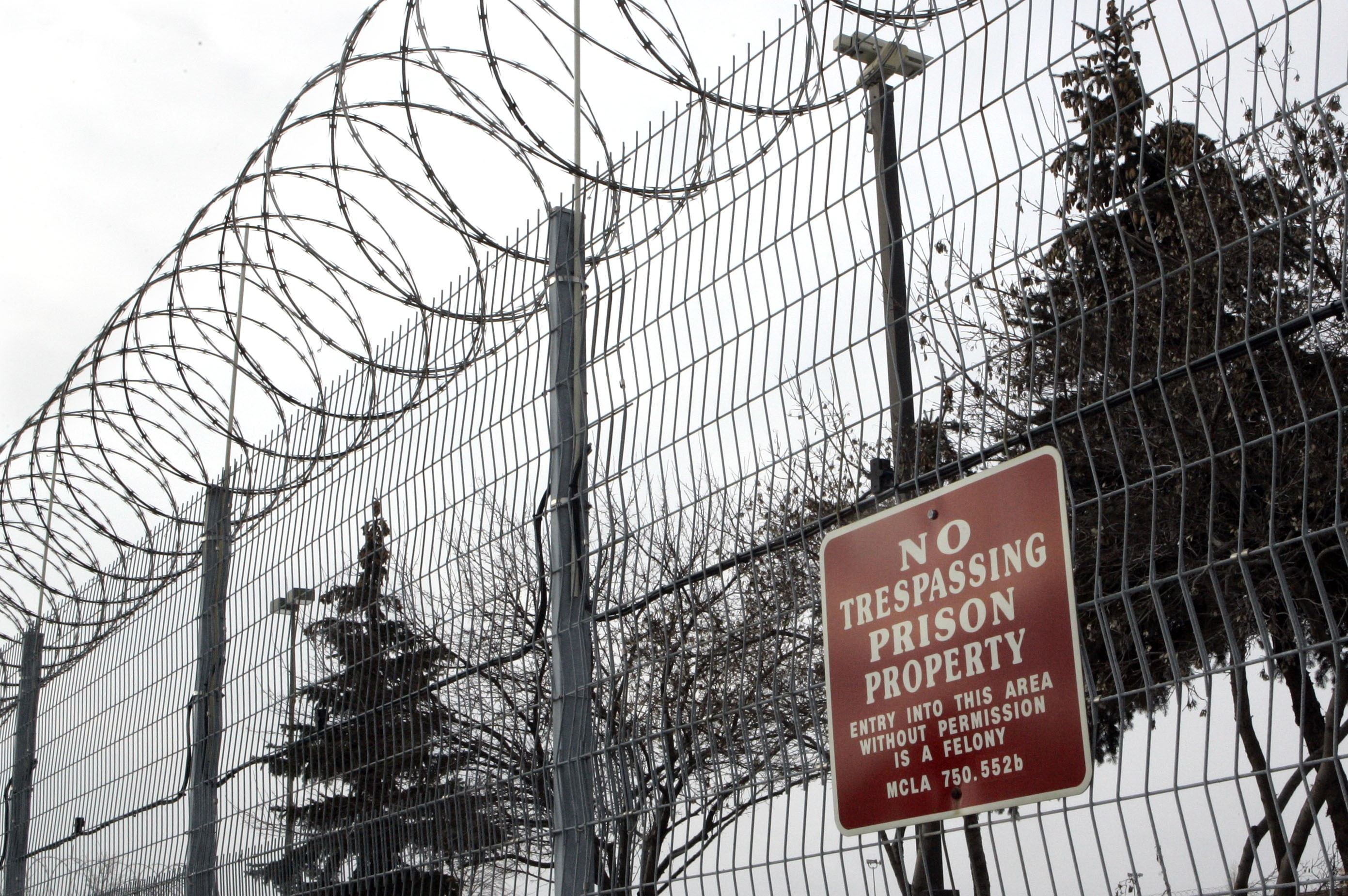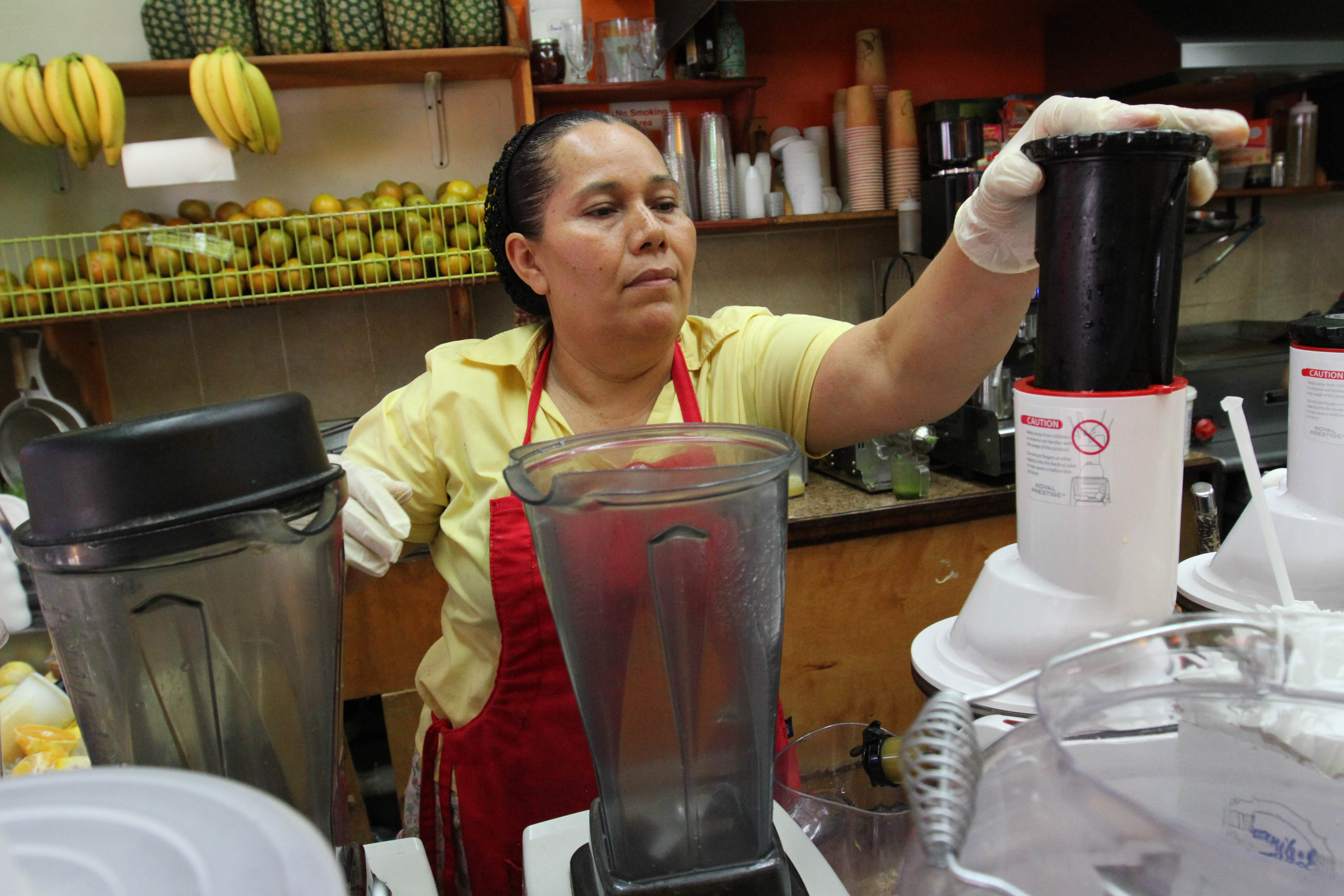As Congress returns to the business of figuring out how to fund the government in the next fiscal year, young people engaged in service in communities across the country are concerned about the consequences of proposed deep cuts to AmeriCorps. There are currently 73,600 AmeriCorps positions. The House Bill would cut 25,000 of those slots, while the Senate Bill would cut 20,000.
Either scenario would mean that thousands of low-income and disconnected young adults would miss the valuable opportunity to serve their communities, and their neighbors would miss out on the vital services that AmeriCorps members provide.
As CEO of The Corps Network, a network made up of more than 100 Service and Conservation Corps, I am extremely concerned about the potential consequences of these cuts on low-income youth and their communities. In 2014, more than 10,500 of our Corps members were living below the poverty line, on public assistance, or were court-involved upon entry into the program. Many of these young adults were also out of school. But instead of seeing them as liabilities, we view them as “Opportunity Youth,” because of their enormous untapped potential and their desire to improve their own lives and the world around them.
As an AmeriCorps member in The Corps Network, a young person receives a stipend or living allowance to perform service projects in their communities and on public lands. These projects range from planting trees and gardens, to building playgrounds and parks, to restoring degraded environments and habitats, to weatherizing and retrofitting low-income housing. In order to undertake this work, Corpsmembers learn technical skills and earn professional certifications. Their experiences help them advance their education, gain hands-on work experience, and develop skills in communications, teamwork, and leadership.
Get Talk Poverty In Your Inbox
I’ve been talking with our Corps about the potential impact of the proposed Congressional cuts, including with several staff and participants at the Youth Conservation Corps (YCC), located just outside of Chicago.
“We might have to close. AmeriCorps and additional private funds leveraged through AmeriCorps are especially important,” said Robert Shears, YCC’s Executive Director.
YCC Corpsmember Samuel Myers told me about how AmeriCorps service has helped him transform his life.
“If not for AmeriCorps I would still be on the streets. I would not have career goals—nothing like that,” said Myers. “YCC AmeriCorps helped set me straight. [I] feel good at the end of the day because I get to do things for people that they want to do but can’t. I wish more people would realize how important it is.”
Of particular concern to both Shears and Myers is the possibility of losing funding for the AmeriCorps Education Award that can be used to pay for postsecondary education.
“The award is a huge incentive for youth to join,” said Shears. “We’re focused on trying to help those Corpsmembers get through at least their second semester of college—that would be impossible without the AmeriCorps Education Award.”
“I am going to need some help to even think about going to college,” Myers added.
Shears noted that the cuts proposed by Congress might seem pennywise but they are decidedly pound foolish.
“There are few [programs] that provide both education and jobs skills to local young people while also providing important community benefits,” said Shears. “Youth who are disconnected from work and school are a much greater burden on the tax system than those who are using our program to break out of poverty. Our members also serve as important role models in their disenfranchised communities.”
Many of the service projects are specifically designed to help low-income communities address environmental justice issues. Corpsmembers turn abandoned lots into parks, playgrounds, and gardens; install energy-saving (and money-saving) retrofits in low-income homes; plant trees and organic urban farms in places that lack green spaces; cut down invasive trees and deliver the wood to families in need in rural areas; and provide community education around environmental health issues. Through AmeriCorps funding, the Corpsmembers are making a difference in their own underserved communities ranging from rural towns and Native American reservations to low-income neighborhoods in our country’s biggest cities.
Julian Amos is another YCC AmeriCorps Corpsmember who said that without the program he “would be on the streets right now.” He also pointed to the tangible results he sees in his community.
“Feeding people, and helping build a house for a low-income family—all of that is helping out,” he said. “It also helps people like me get to where [we] need to go—into jobs and college. I’m just trying to get my foot in the door.”
The opportunity AmeriCorps offers is especially important in the wake of a recession as young people who have limited experience and few marketable skills suffer the most.
As a 2013 study conducted by The Corporation for National and Community Service found: volunteers without a high school diploma are 51% more likely to find a job than non-volunteers; people from rural areas who volunteer have a 55% greater chance of finding employment than non-volunteers; and volunteers who have been out of work have a 27% greater chance of finding a job than out-of-work individuals who do not volunteer. In short, young people who participate in AmeriCorps – regardless of their socioeconomic background – improve their chances of finding employment, getting on a career pathway, and becoming a productive adult and citizen.
Because of the AmeriCorps cause and the clear pathway to greater economic security that the program offers, demand already hugely outpaces available AmeriCorps slots. In 2011, 582,000 AmeriCorps applications were received for only 82,000 slots. As a result of budget cuts, AmeriCorps slots presently stand at around 73,000—now Congress is considering cutting that by another 25,000.
The very programs that strengthen our young people, our communities, and our nation need to be fortified, not torn down.










